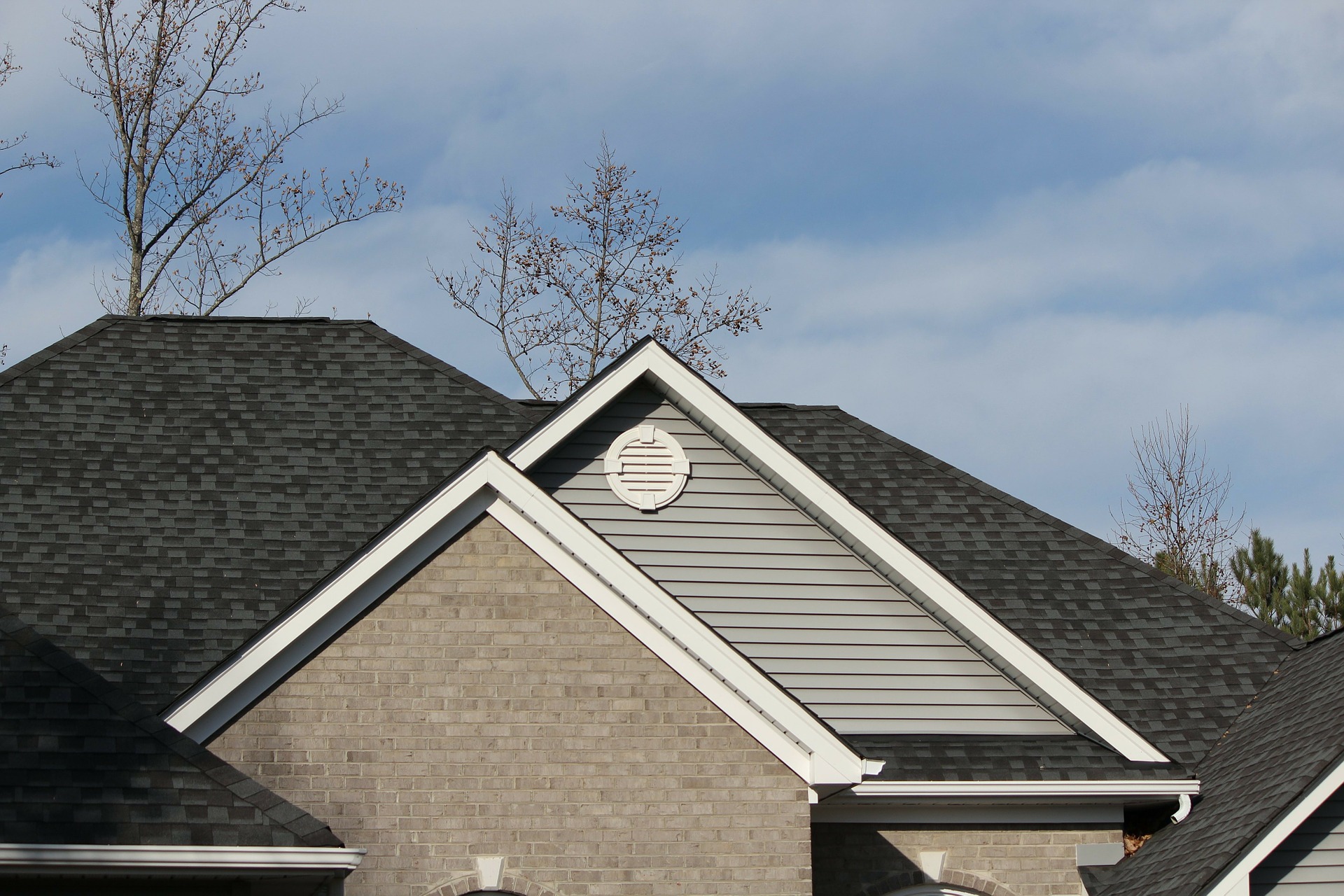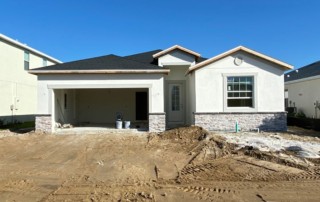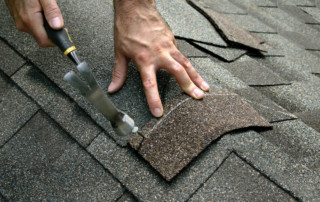Asphalt shingle is a very common roofing material in Venice and Englewood. Shingles are relatively easy to install and are more cost-effective than other types of roofing materials, such as tile, slate or stone. Although these types of shingles do not exhibit the overall longevity of their counterparts, they still offer up to 20 years -and often more – of useful life. Given that the average Florida homeowner will move to a new residence every 9 years on average, one new asphalt shingle roof is likely to last for the duration of their ownership.
However, often property owners will notice a build-up of asphalt shingle granules in their gutters and downspouts. This accumulation of granules is generally an indication that your shingle roof needs attention and maintenance.
Why Asphalt Shingle Granules are Important to the Life of Your Roof
Asphalt shingle tiles have come a long way over the last several decades. Now available in a range of colors, homeowners can match their home’s paint color and are no longer relegated to the standard gray palette (although that is still a very popular option). Tiles are comprised of more fiberglass than in recent years, which makes them even more affordable. However, for those looking for a sturdier, more traditional tile, organic asphalt shingles are still available.
Asphalt shingle tiles are traditionally made by soaking a mat with asphalt and covering the tile with granules, which are made of a mixture of slate, schist, quartz, vitrified brick, stone, or ceramic. The surface granules are instrumental in blocking ultra-violet light, providing some protection to the asphalt core and resulting in more overall longevity for the roof. In South Florida, consumers may also choose a lighter color of asphalt shingle granules, which will help to reflect sunlight and keep the roof a bit cooler.
However, with the granules absorbing the brunt of our harsh Venice sunshine, they can deteriorate due to the persistent heat. Relentless rainstorms over the spring and summer months can also cause the granular protective coating to erode and may cause the roof to begin shedding granules. Flying debris, low hanging tree branches, and algae and moss build up can all contribute to granular loss on your shingle roof.
If you are noticing granules in your gutter system or downspouts – or if you simply notice that the tiles are “balding”, this means that your roof materials are eroding, and do require some attention. Tiles with granular loss are even more susceptible to cracking, breaking and curling due to weather conditions. Once a tile is deteriorating, you run the risk of water intrusion or damage to the underlayment.
The Good News About Asphalt Shingle Repair
Very often, it is just an area of your roof which needs repair due to granular loss. Because asphalt shingle tiles are relatively easy to replace – and are cost effective – you may be able to do spot repairs. The biggest problem that homeowners report is a difficulty in matching the shades on their roof, but this should normalize after the shingles are weatherized.
As with any roof repair, catching and fixing the problem early is the key to maintaining a healthy roof for the long-term. At Kingdom Roofing, we recommend an annual inspection to identify any shingles which may be eroding or deteriorating. Fixing these tiles before the harsh summer storm season is the best way to make sure that your home stays safe and dry over the next several months. If you have questions about installing a new shingle tile roof or have concerns regarding the loss of your asphalt shingle granules, call our family-owned roofing company. We are here to help with any questions or issues.




